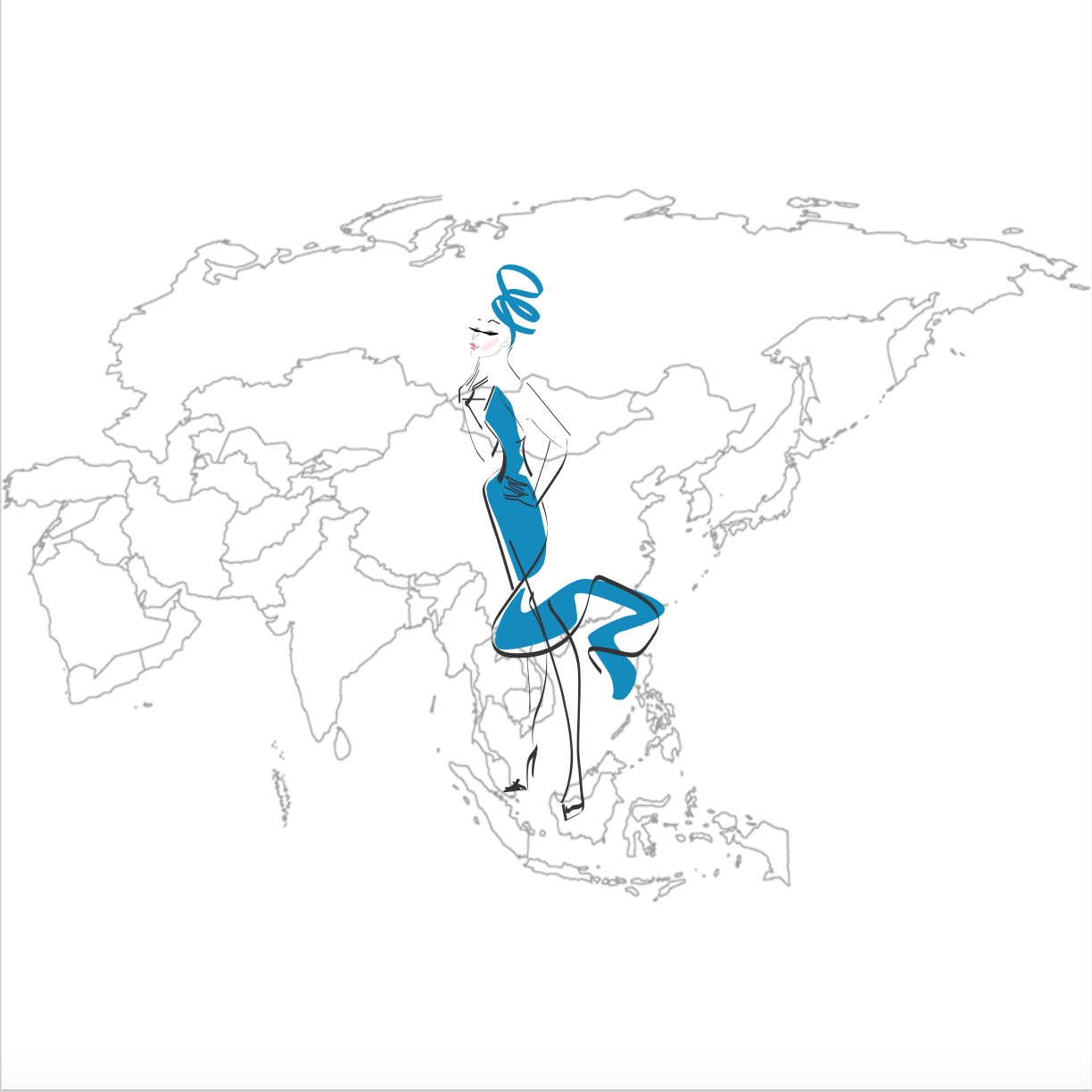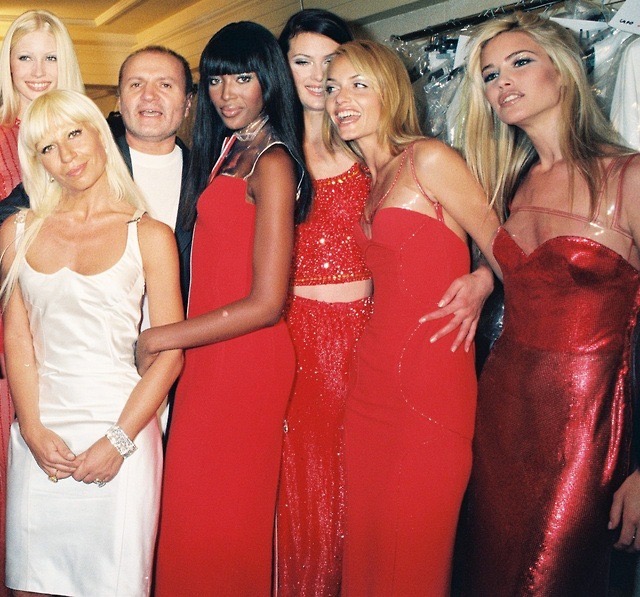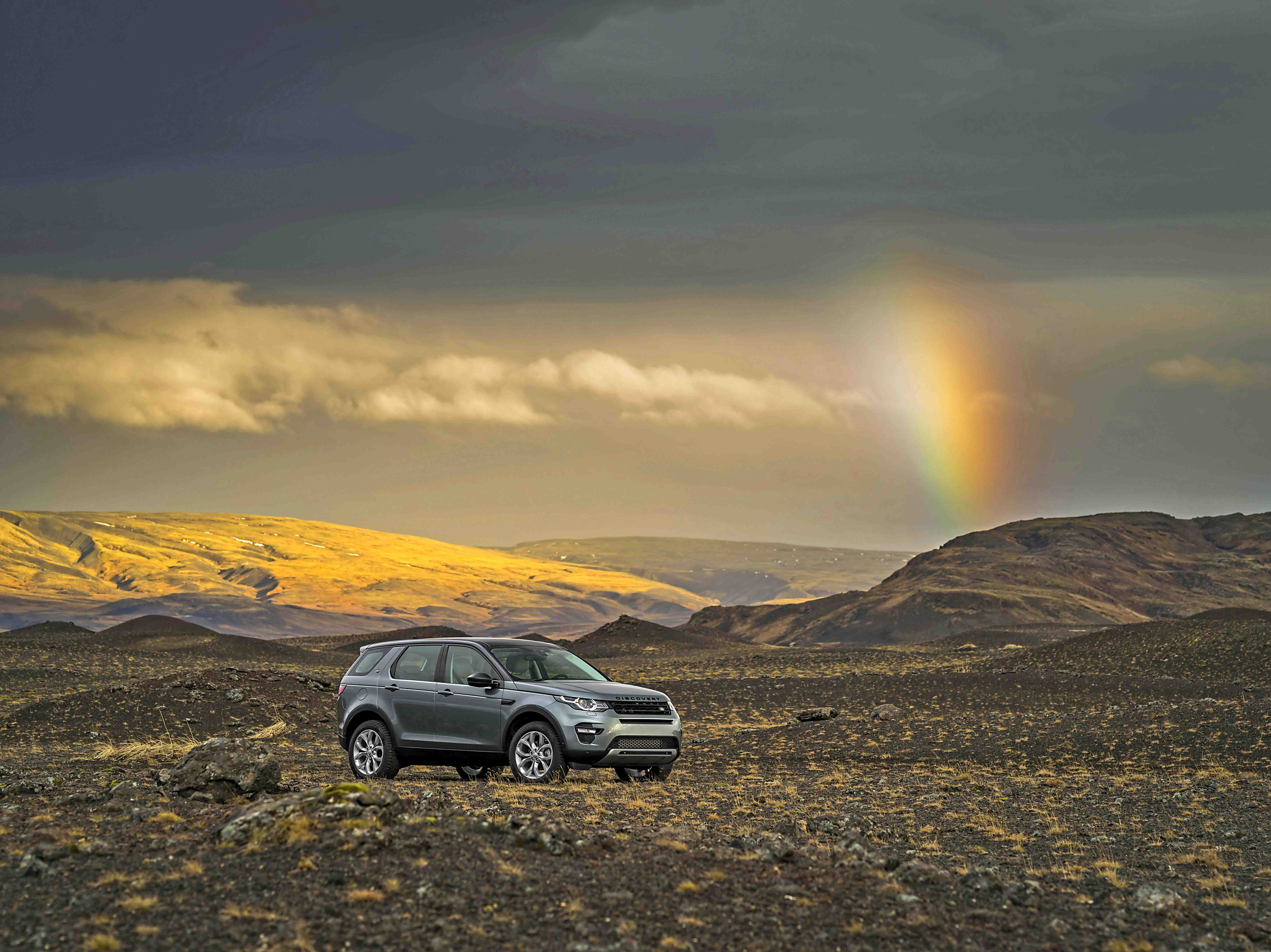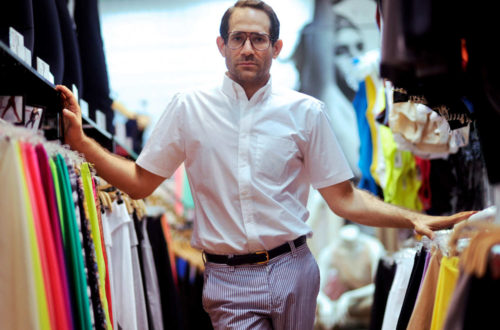Have you realised that Fendi’s Instagram page mentions Asian influencers and models more than ever these days? Even though the increasing diversity makes us happy to see, there’s more to that. Millennial social media influencer’s have a bigger impact on the fashion world more than any year, especially in Asia. Chinese being in the lead, Asian millennials are one of the biggest spending groups in the world. Designer items (17%) and jewellery (17%) are the categories they spend most money on after high-end tech (25%). Most of the Chinese, Vietnamese, Japanese and Korean millennials prefer Western brands to local ones. When they have such a big impact in Chinese economy, it’s no surprise that Vogue China is the first Vogue to create a magazine designed just for Millennials: Vogue Me. Vogue China Editor-in–chief Angelica Cheung draws attention to the need to target different age groups, she compares the 2 magazines to a daughter and mother. Vogue Me launched in 2016 and broke online sales, selling out in 6 minutes. Through various social media platforms it became a sensation and the voice for post 1990s generation. The millennial generation is predicted to have the highest spending power in the history. However it’s not easy to enter their world. In an age of emojis and 6 second videos, millennials are less likely to have brand loyalty. There are many options and building a strong, long-term brand-customer relationship is more difficult than ever.

Courtesy of Vogue ChinaWhen it comes to tapping into millennials’ world, Fendi is one of the best in the sector. Following their inauguration party in New York, Hong Kong was the second stop of the fashion music party. Many Asian DJs were included in Fendi’s invitation list, Bryan Chase from South Korea, DJ Victor from China are a few to name. It’s also this year that the big fashion house joined powers with K-pop star Taeyang from the group Big Bang to create the capsule collection “Fendi for Taeyang”. The collection features jackets, accessories, hoodies embellished with the artist’s infamous signature: a daisy.

One of the greatest difference between Western and Asian millennials is that overall, Western millennials tend to put around one month of research into buying luxury items while more than 25% of Asian millennials buy on impulse. Big brands are opening pop up stores in Asia. Fendi just opened a pop up store in Tokyo, Japan and Dolce&Gabbana opened one in Ho Chi Minh, Vietnam. D&G is another fashion house that started focusing on the Asian market. After their spring campaign that featured Chinese tourists taking selfies in the streets of Italy, they showcased their first runway outside of Italy in Tokyo under the name #DGLovesJapan. The runway show features mesmerizing couture dresses with significant Asian references such as Mongolian style fur hats. Gabbana says that there is no great adaptation to the Asian taste; he adds, “They just wear things differently. They wear the most extravagant pieces with a natural attitude. It’s changing the way we approach the collections.” The show is one-off collection dedicated to Japan, but of course with an Italian touch. A Tokyo-born customer talks about the collection, “The collection is really sensitive to Japanese taste. It features pieces that you are more likely to see in Japan rather than Italy”, seems like D&G succeeded to gain love and appreciation from their target audience.

Courtesy of VogueWith their growing spending power it is no question that we will see more Asians in the fashion industry but there are some unanswered questions remaining. Will this change aesthetics and have an impact on the trends? Will the fashion hubs shift to Asian cities rather than Western ones? The time will show, and for now all we can do is quote Stefano Gabbana and say, “The roadshow has reached Asia”.

by Pelin Atan






